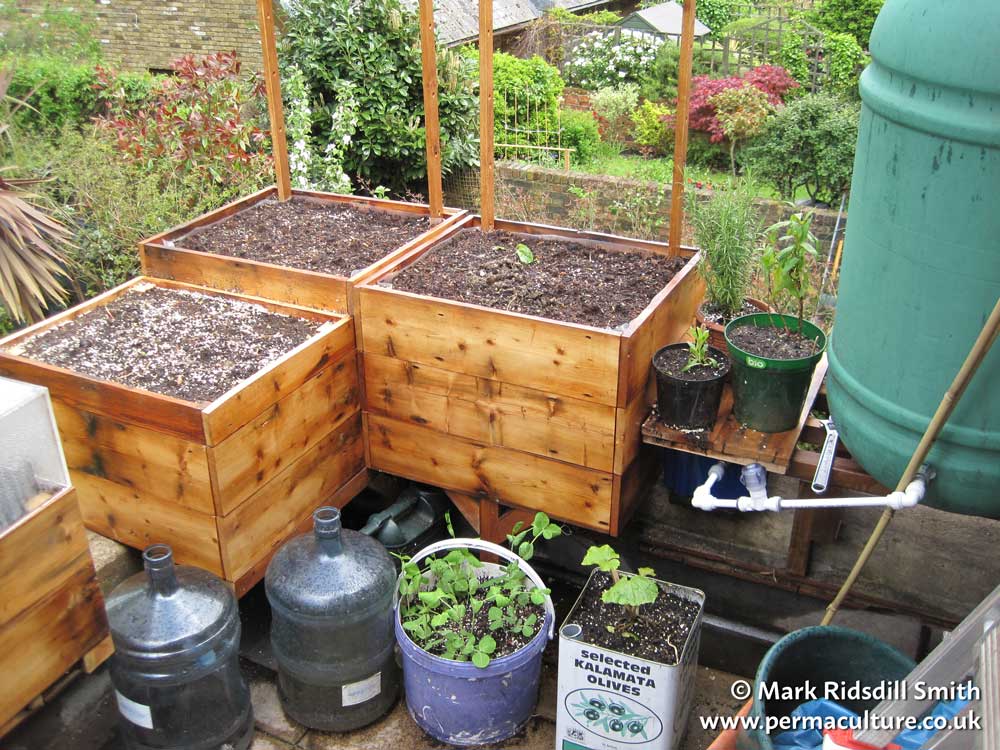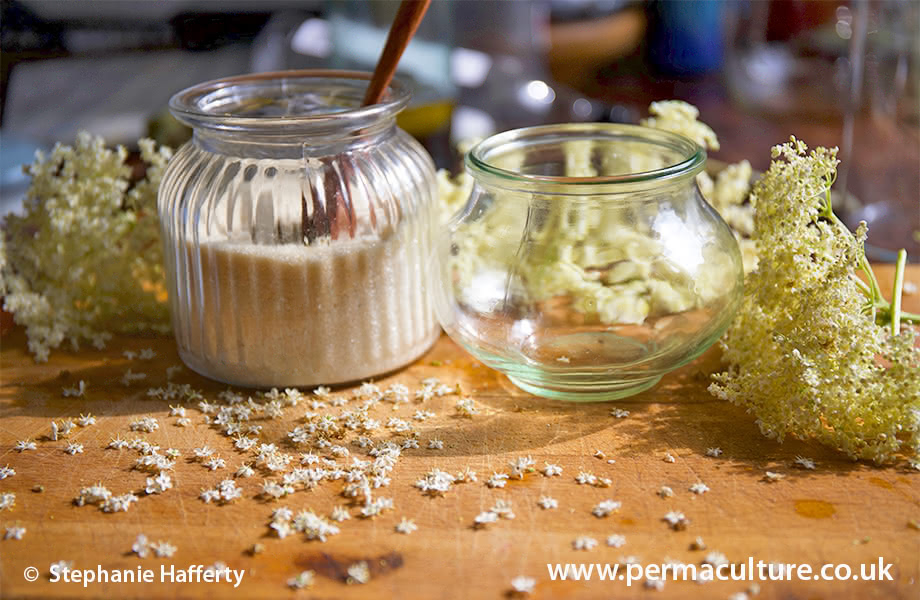Pruning raspberries is a winter job. The first thing to do is to determine whether your raspberries are summer fruiting or autumn fruiting. If your canes give fruit in September or later they’re autumn fruiting. Summer fruiting ones are ready in June or July.
Pruning autumn fruiting varieties is simple – you just cut down all the canes. They give fruit on canes which are in their first year of growth, after which there is no reason to keep them.
Summer fruiting ones are only slightly less simple. They give fruit on canes which are in their second year of growth. So every winter you need to cut out all the second year canes, which have already fruited, and leave all the first year ones, which are still to fruit. Telling the difference between the two is easy once you’ve got your eye in: second year canes are branched and first year canes are not. There’s often a colour difference too, the second year ones being paler than the first years, but not always. The branching it the clear difference you can always rely on.
When you’ve taken out all the second year canes, have a look round and take out any very small ones, which are obviously going to come to nothing. Likewise with any canes that are crossing each other – they will rub each other and let in pest and diseases. If the remaining canes are very dense, thin them out till the average distance between them is 22cm (9”). I find I very rarely need to do that. Decide how tall you want the canes to be and cut off any that are taller than that. Personally I trim down to about chest height, 1.2m (4’). Usually only one or two need shortening. Always cut back to just above a bud.
Raspberries spread by suckering. That is, new canes come up from the roots. As the roots spread, some of them will come up outside your designated raspberry bed. You may want to dig out the suckers if they’re invading a productive vegetable bed or other valued area. But every few years it’s a good idea to let them have their head and move to new ground. This helps to keep them free, or at least tolerant, of virus diseases, and if you let them wander slowly round the garden you can get away without buying new stock every dozen years. As they advance on one side you can dig them up where they’ve been for longest and follow them with vegetables or other fruits. Don’t follow them with other cane fruits, though, as they share the same soil-borne diseases.
Patrick was an early pioneer of permaculture and teacher for many years.











